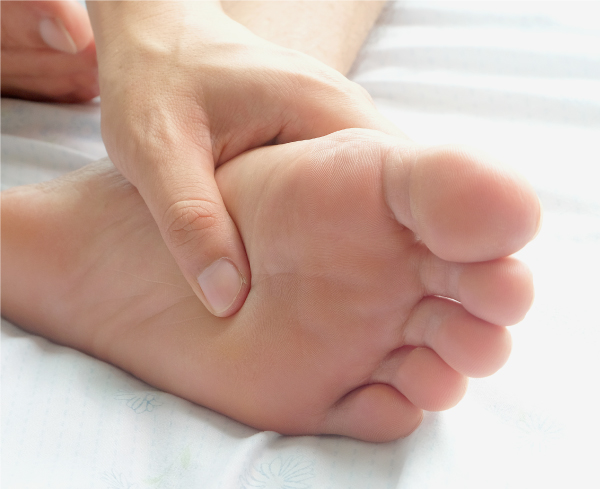
Many people do not experience symptoms in the early stages of bunion formation. Symptoms are often most noticeable when the bunion gets worse and with certain types of footwear. These include shoes that crowd the toes and/or high-heeled shoes. When symptoms do occur, they may include:
- Physical discomfort or pain.
- A burning feeling.
- Redness and swelling.
- Possible numbness.
- Difficulty walking.
Who gets bunions?
Anyone can get bunions, but they are more common in women. People with flat feet are also more likely to get bunions because of the changes in the foot caused by bunions. Bunions run in families, because foot type (shape and structure) is hereditary, and some types are more prone to bunions than others. Low arches, flat feet, and loose joints and tendons all increase the risk. The shape of the metatarsal head (the top of the first metatarsal bone) also makes a difference: if it’s too round, the joint is less stable and more likely to deform when squeezed into shoes with narrow toes.
